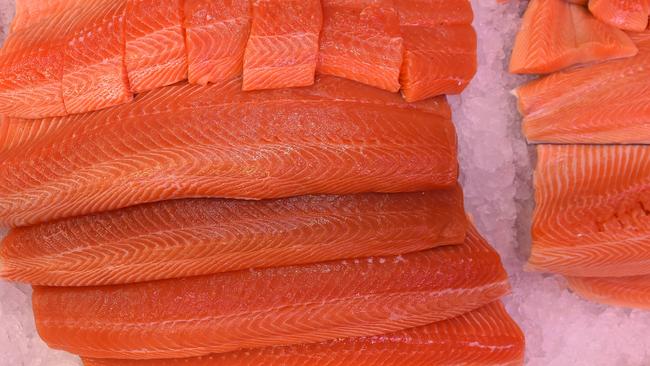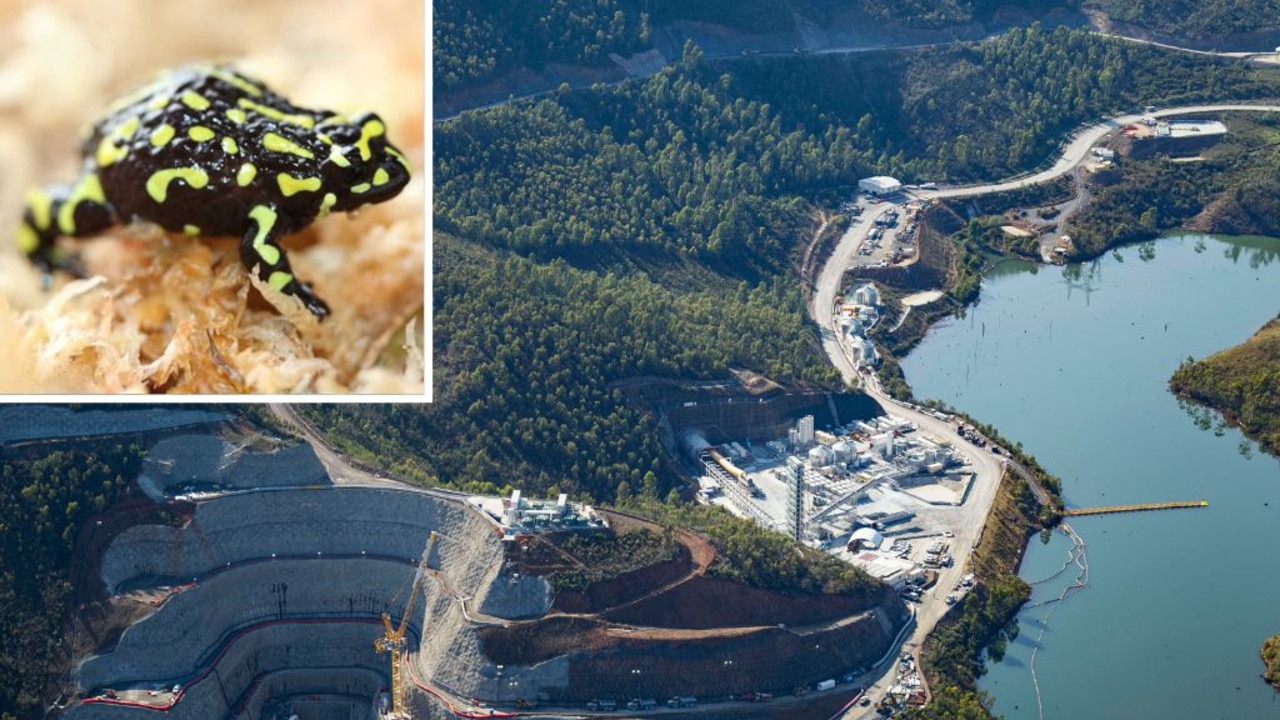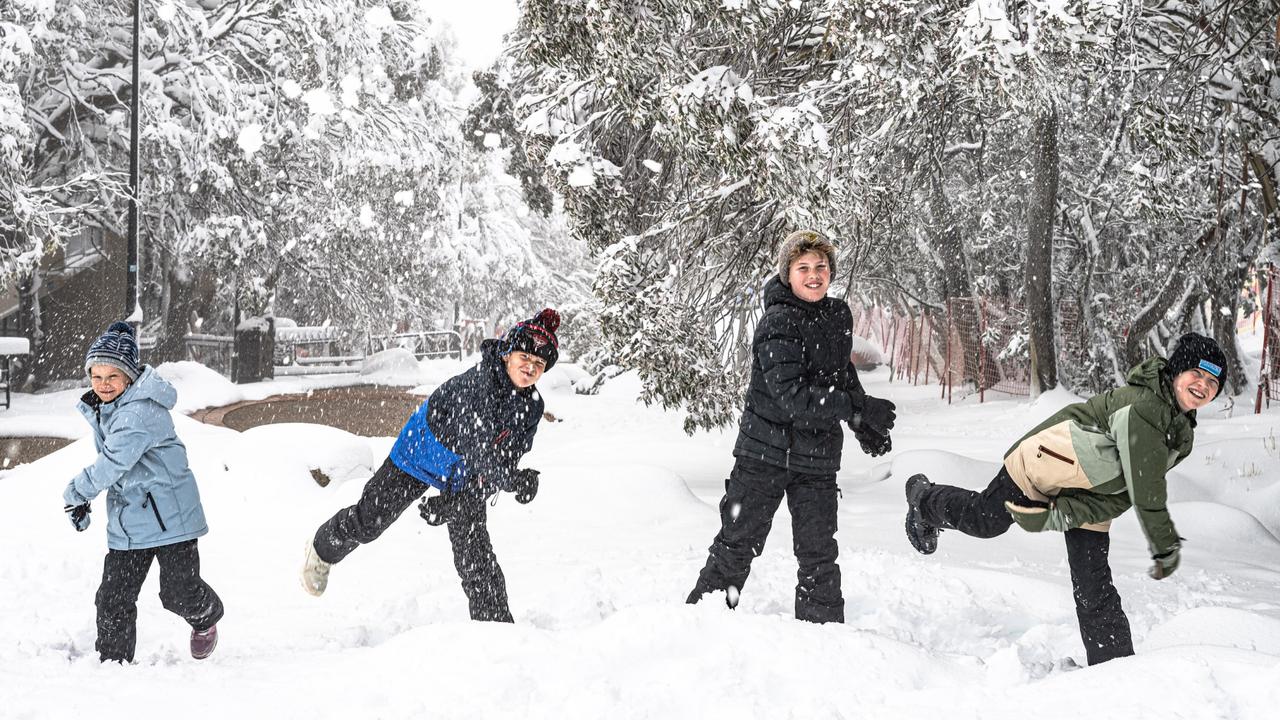Salmon additive ‘a danger to health’
An animal-feed additive banned in Europe to protect human health and aquatic life has been found in Australian salmon at levels concerning to experts, prompting calls for regulatory review.

An animal feed additive banned in Europe to protect human health and aquatic life has been found in Australian salmon at levels concerning experts, prompting calls for regulatory review.
Ethoxyquin, or EQ, added to fish feed as a preservative and to stop it combusting during transportation, was banned in Europe in 2017, a measure reaffirmed earlier this year.
The European Food Safety Authority in March cited evidence EQ contained an impurity “likely to cause mutations in the genetic material of animals and humans”, concluding risks to consumers and aquatic life “cannot be excluded”.
However, the Australian Pesticides and Veterinary Medicines Authority still allows EQ in fish feed, setting intake and residue limits described by toxicologists as seriously flawed.
A concerned formulation chemist, Christian Narkowicz, in August last year commissioned Melbourne’s National Measurement Institute to test for EQ and related compounds in commercially available salmon.
The unpublished results found levels of EQ and its related dimer (two EQ molecules coupled together) in Tassal and Petuna salmon that experts say, when combined, exceed the Australian EQ maximum residue limit.
University of Tasmania pharmacologist and toxicologist Stuart McLean, who has seen the results and written a paper on EQ, said the results exposed the inadequacy of Australian regulation.
While the results were technically under the APVMA residue limit, Professor McLean said this was only because that limit measured only EQ, not its dimer and other related compounds.
“If the regulation included the EQ dimer with the EQ, as it should, that alone would put these rests results over the maximum residue limit of 1mg per kg,” Professor McLean said.
“EQ is the starting material – it produces a couple of dozen other compounds and they’re not being looked at. In particular, the dimer becomes the dominant compound in the fish and in humans and is regarded as having the same sort of toxic potential as the parent EQ. They (APVMA) need to review how they evaluate the toxicology of EQ because they are missing a lot of the story.”
An APVMA spokeswoman said the regulator was “aware of the European action and is considering its relevance in the Australian context”.
Salmon producers dismissed the concerns. “The report referred to has not been provided to the Tasmanian salmon industry so the source, methodology used, and age of the results are unclear,” said a spokeswoman for the Tasmanian Salmonid Growers Association. “Most animal feed, as well as a lot of human food, contains preservatives. These preservatives are approved by the federal government and are safe.”
A Petuna spokeswoman said in its own regular testing its products had never exceeded EQ residue limits. The company sourced its feed from Biomar, which did not add EQ to feed. “They regularly test their finished goods to ensure the raw materials they source do not have trace levels of EQ,” she said. “Biomar has not detected any EQ in its finished goods in either 2021 or 2022.”
Professor McLean said other countries, such as South Korea, included the EQ dimer in maximum residue levels. The APVMA’s failure to take a similar approach and to review EQ regulation following the European ban showed a lack of “diligence”.
“Given that there are alternatives, it’s hard to see why it’s being used in Australia,” he said. “When you consider there are millions of people who eat farmed salmon fairly regularly … it’s an unwarranted risk.”




To join the conversation, please log in. Don't have an account? Register
Join the conversation, you are commenting as Logout